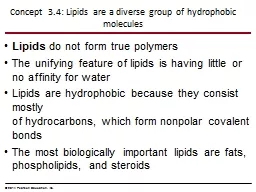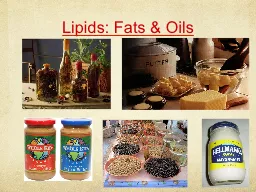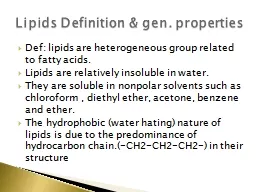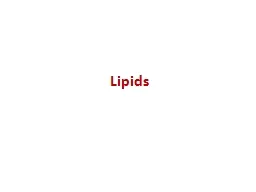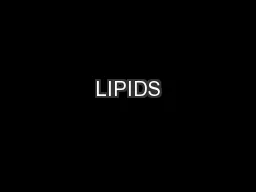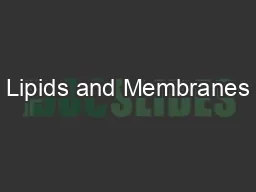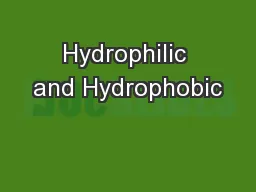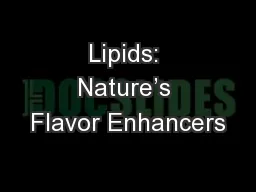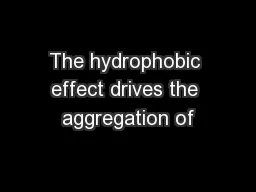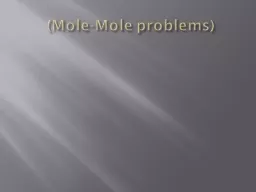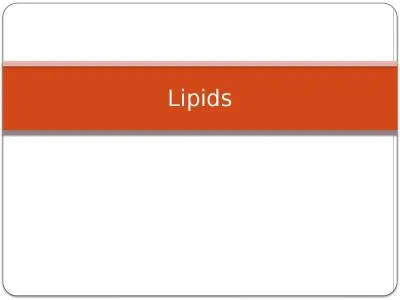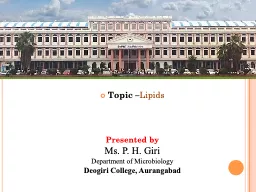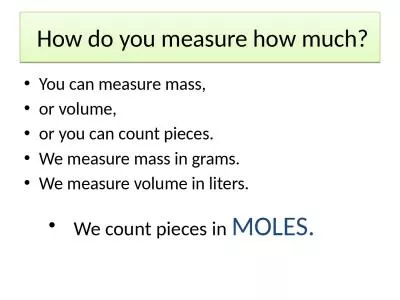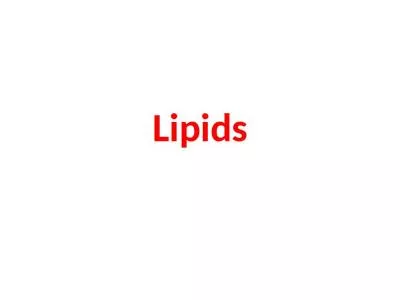PPT-Concept 3.4: Lipids are a diverse group of hydrophobic mole
Author : debby-jeon | Published Date : 2016-05-08
Lipids do not form true polymers The unifying feature of lipids is having little or no affinity for water Lipids are hydrophobic because they consist mostly of
Presentation Embed Code
Download Presentation
Download Presentation The PPT/PDF document "Concept 3.4: Lipids are a diverse group ..." is the property of its rightful owner. Permission is granted to download and print the materials on this website for personal, non-commercial use only, and to display it on your personal computer provided you do not modify the materials and that you retain all copyright notices contained in the materials. By downloading content from our website, you accept the terms of this agreement.
Concept 3.4: Lipids are a diverse group of hydrophobic mole: Transcript
Download Rules Of Document
"Concept 3.4: Lipids are a diverse group of hydrophobic mole"The content belongs to its owner. You may download and print it for personal use, without modification, and keep all copyright notices. By downloading, you agree to these terms.
Related Documents

